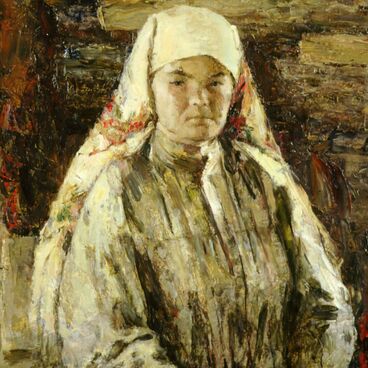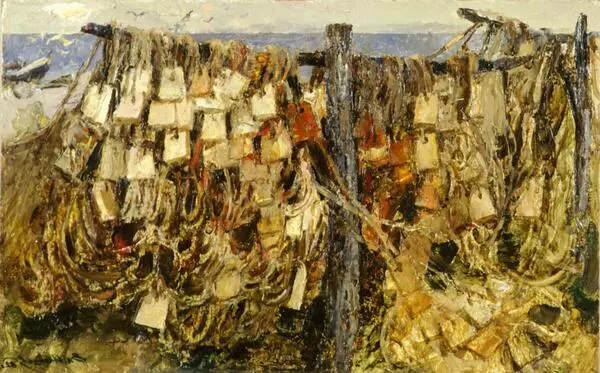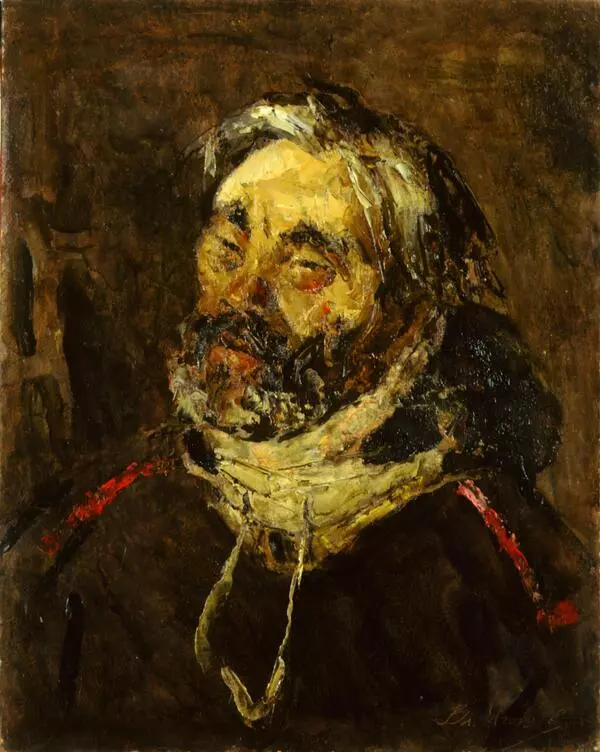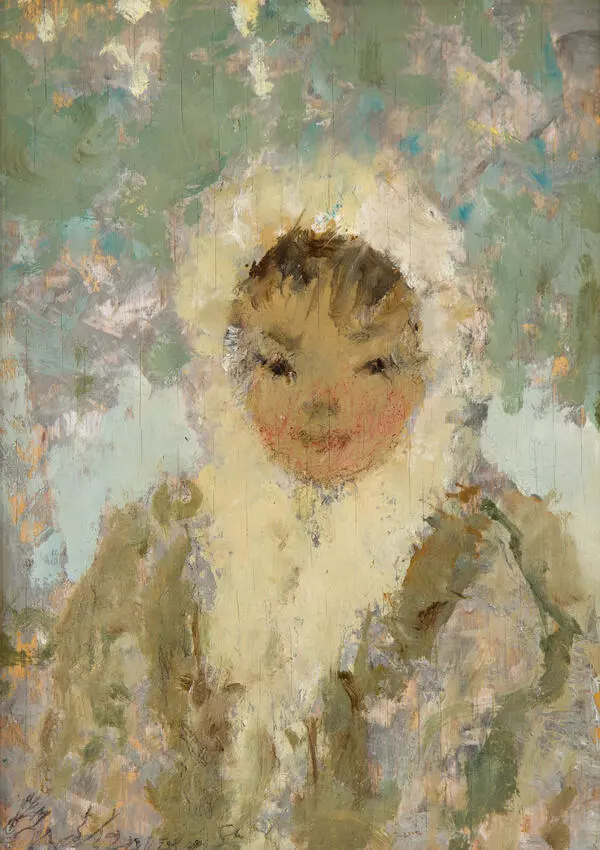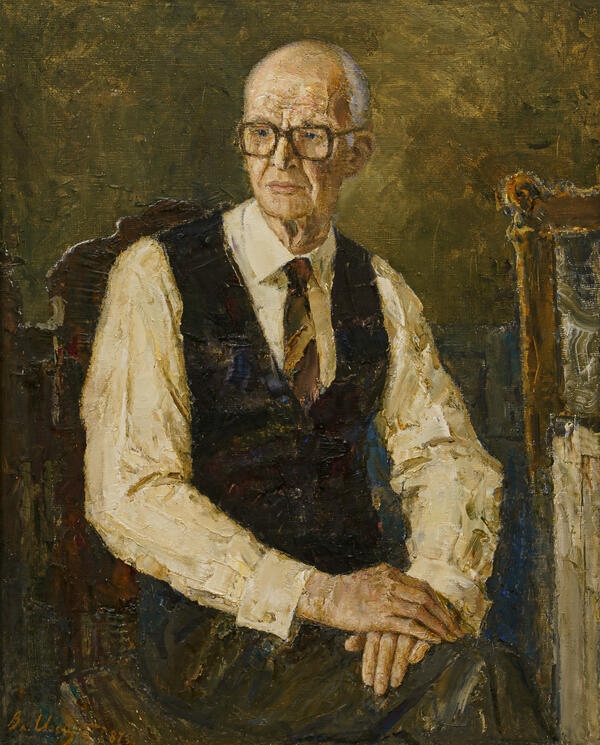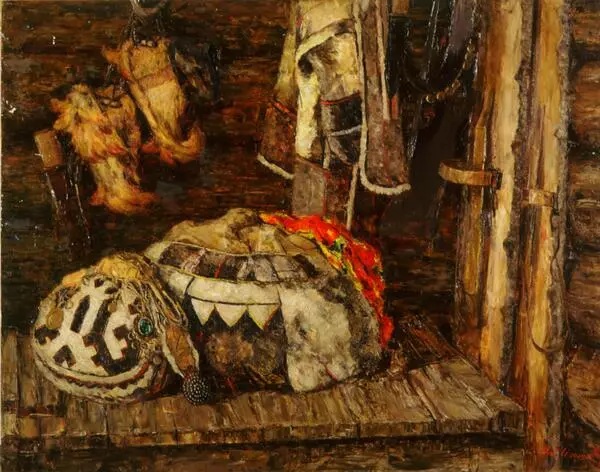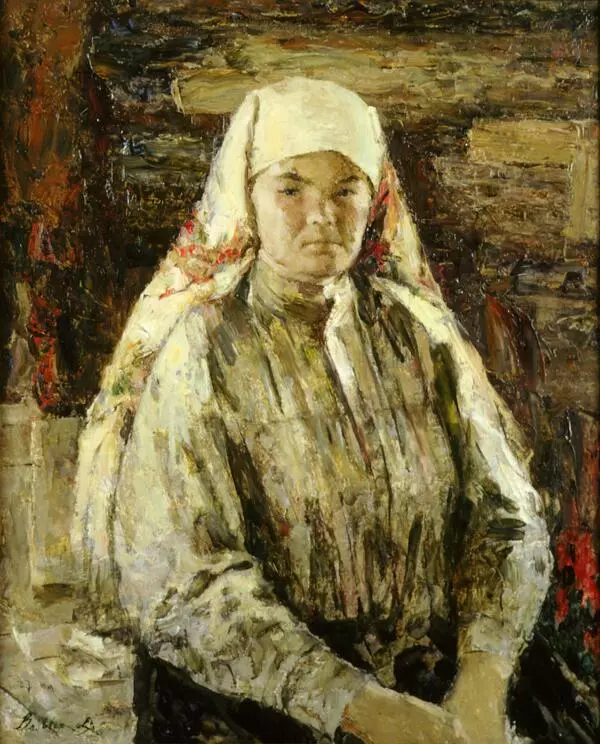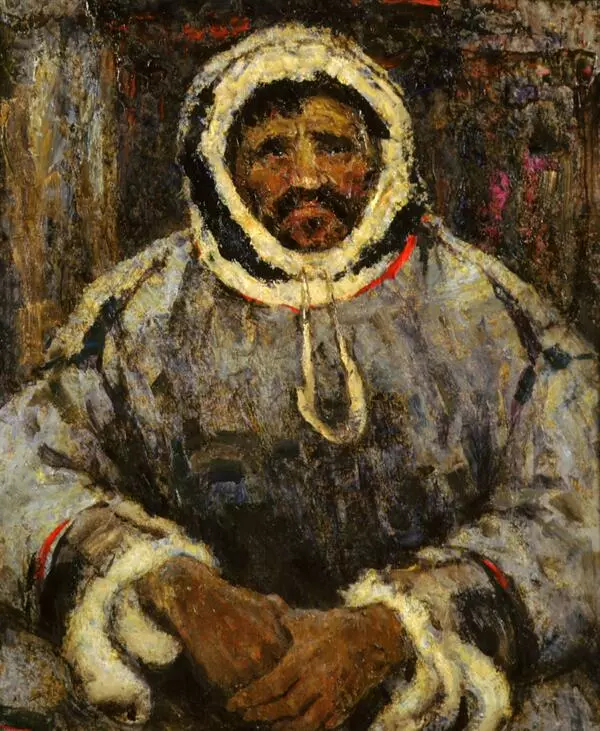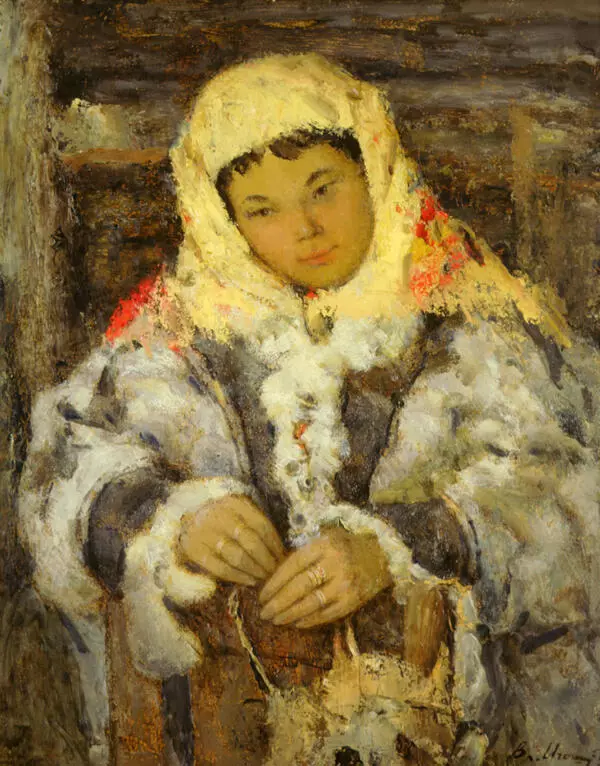Vladimir Igoshev is the People’s Artist of the USSR and a laureate of the State Prize of Russia named after I. E. Repin. He was born in 1921 in a small Bashkir village Igoshevsky, which is situated close to Askino in the north of the republic. He studied painting in Ufa at the Arts Faculty of the Ufa College of Arts.
During the Great Patriotic War Vladimir Igoshev served in the Soviet army. In 1942 he was seriously wounded during the fight for the Fourth Height not far from Stalingrad and spent almost a year in the hospital. However, he managed to find energy to continue working on his paintings. In 1943 the first artist’s exhibition with around 60 of his works was organized.
In 1950 Vladimir Igoshev graduated from The Surikov Art Institute in Moscow, where he was a student of a full member of the USSR Academy of Arts Georgy Ryazhsky.
In 1954 Igoshev first visited the Khanty-Mansi Autonomous Okrug. There he explored local traditions and worked on the portraits, landscapes and genre paintings.
In 1962 Vladimir Igoshev created a painting Icehouse in Slinkino. An icehouse is a building used to store the perishable foods, where the low temperature was maintained with the help of ice. Nowadays there are cold storage rooms, but in the past the overground and underground icehouses were constructed by hand.
During the Great Patriotic War Vladimir Igoshev served in the Soviet army. In 1942 he was seriously wounded during the fight for the Fourth Height not far from Stalingrad and spent almost a year in the hospital. However, he managed to find energy to continue working on his paintings. In 1943 the first artist’s exhibition with around 60 of his works was organized.
In 1950 Vladimir Igoshev graduated from The Surikov Art Institute in Moscow, where he was a student of a full member of the USSR Academy of Arts Georgy Ryazhsky.
In 1954 Igoshev first visited the Khanty-Mansi Autonomous Okrug. There he explored local traditions and worked on the portraits, landscapes and genre paintings.
In 1962 Vladimir Igoshev created a painting Icehouse in Slinkino. An icehouse is a building used to store the perishable foods, where the low temperature was maintained with the help of ice. Nowadays there are cold storage rooms, but in the past the overground and underground icehouses were constructed by hand.
Depending on its functional use, the ice could be located in the different parts of the building (on the top or on the side, in the central or bottom parts). It allowed to keep the temperature between +5 and +8 degrees during the whole summer. The ice cubes were prepared in winter. Their shape allowed to store them easily and to prevent them from early melting. The pieces of ice were put on the dry wheat sticks, previously put on the surface. The holes between the pieces of ice and the rows of ice cubes were tucked and covered with the wheat sticks. The following row of cubes was put upon them, and so on.



